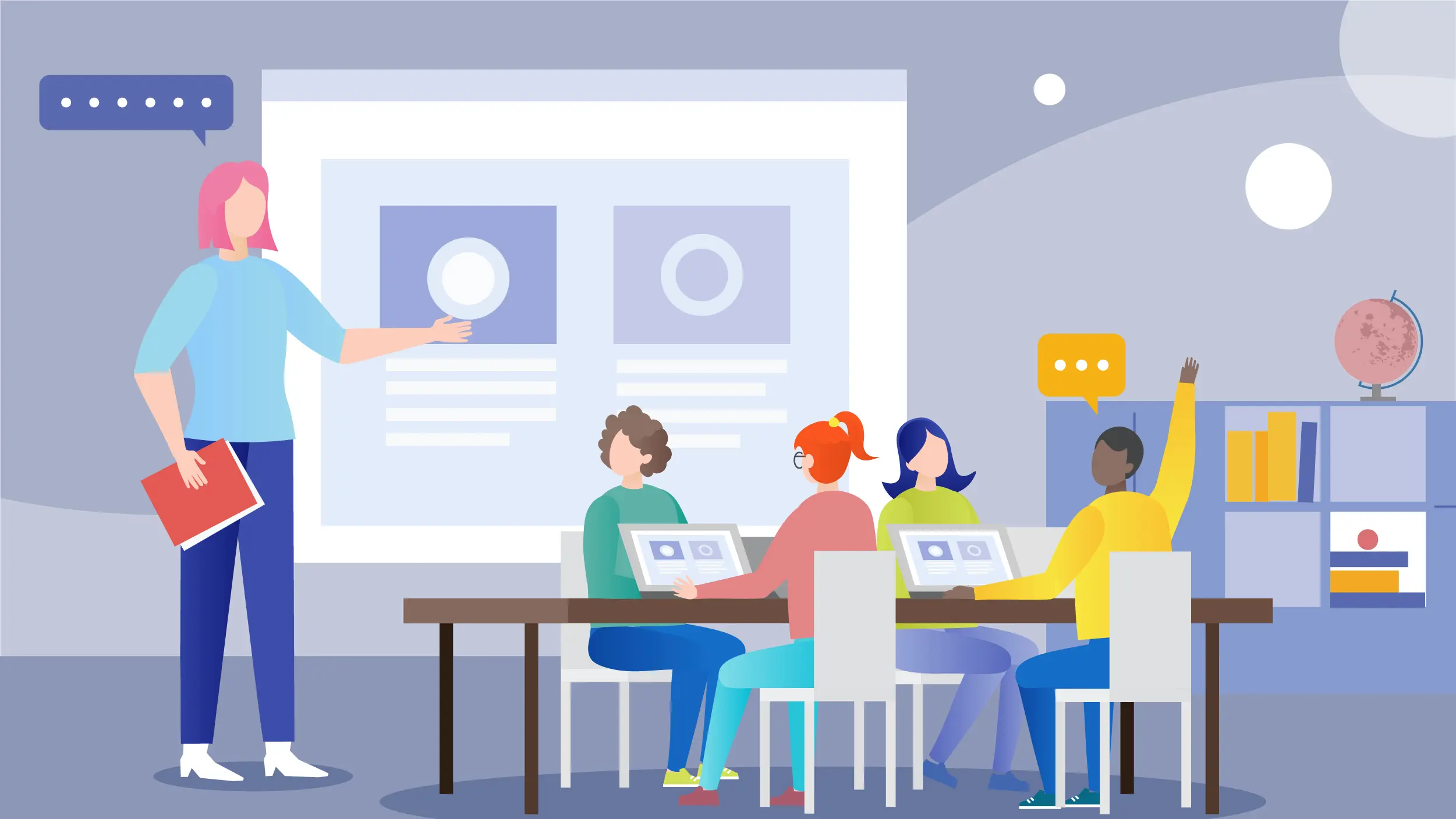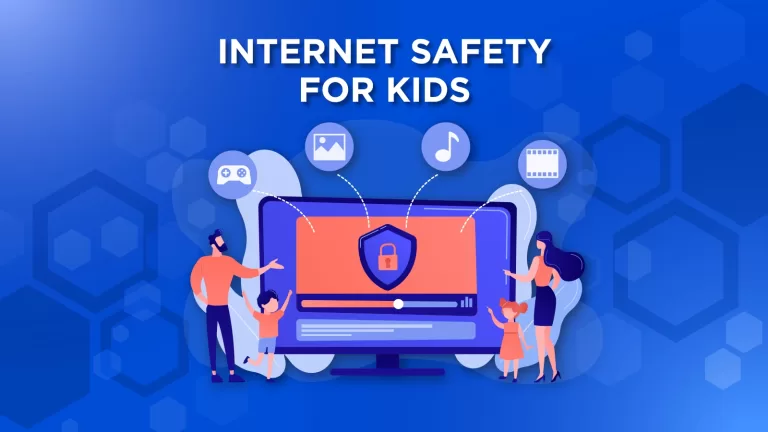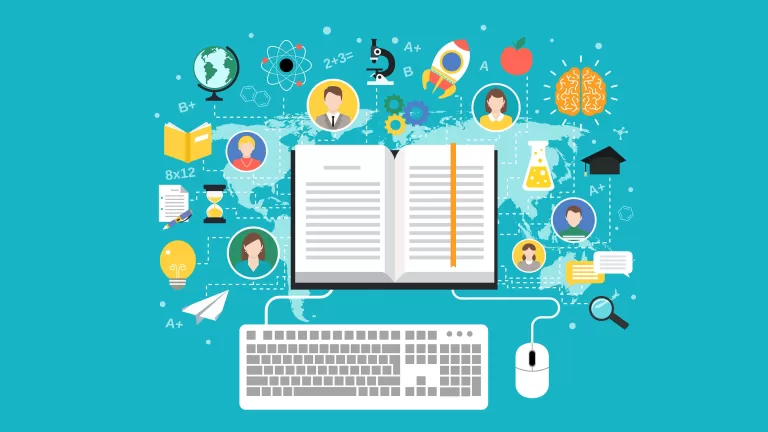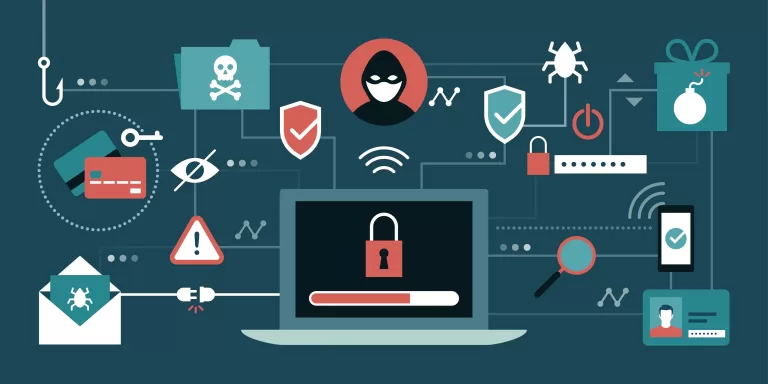
Technology for the classroom
This page may contain affiliate links. If you choose to purchase after clicking a link, I may receive a commission at no extra cost to you.
Technology has become an integral part of our lives, and it can also enhance the learning experience in the classroom. In this blog post, we will explore some of the benefits and challenges of using technology for education, and provide some examples of how teachers and students can use technology effectively and creatively.
Benefits of Technology for Education
Technology can offer many advantages for education, such as:
- Increasing student engagement and motivation. Technology can make learning more fun and interactive, and allow students to explore topics that interest them. For example, students can use digital tools like podcasts, videos, games, simulations, or virtual reality to learn about different subjects and skills.
- Improving communication and collaboration. Technology can facilitate communication and collaboration among teachers, students, and parents. For example, teachers can use online platforms like Google Classroom or Microsoft Teams to share assignments, feedback, and resources with students and parents. Students can also use these platforms to work together on projects, ask questions, and share ideas.
- Enhancing differentiation and personalization. Technology can help teachers tailor instruction to meet the diverse needs and preferences of their students. For example, teachers can use adaptive software like Khan Academy or DreamBox to provide individualized feedback and support to students based on their progress and performance. Students can also use these software to learn at their own pace and level.
- Expanding access and opportunity. Technology can provide access to high-quality education for students who may face barriers due to location, disability, or socioeconomic status. For example, students can use online courses like Coursera or edX to learn from experts around the world. Students can also use assistive technology like text-to-speech or speech-to-text to overcome learning difficulties.
Challenges of Technology for Education
Technology can also pose some challenges for education, such as:
- Creating digital divide and inequality. Technology can create gaps and disparities among students who have different levels of access and proficiency with technology. For example, some students may not have reliable internet connection or devices at home, or may lack the skills or support to use technology effectively. This can affect their academic performance and participation.
- Distracting and overwhelming students and teachers. Technology can distract and overwhelm students and teachers with too much information and stimulation. For example, some students may be tempted to use technology for entertainment or social media instead of learning. Some teachers may struggle to keep up with the constant changes and demands of technology.
- Reducing social interaction and emotional connection. Technology can reduce the social interaction and emotional connection among teachers and students in the classroom. For example, some students may prefer to communicate online rather than face-to-face, or may miss out on the nonverbal cues and feedback that are essential for learning. Some teachers may feel isolated or disconnected from their students.
How to Use Technology Effectively and Creatively
Technology can be a powerful tool for education if used effectively and creatively. Here are some tips on how to use technology for the classroom:
- Align technology with learning goals and outcomes. Technology should serve as a means to an end, not an end in itself. Teachers should consider how technology can support their learning objectives and outcomes, rather than using technology for its own sake.
- Balance technology with other methods and strategies. Technology should complement, not replace, other methods and strategies that are proven to work for education. Teachers should balance technology with traditional methods like direct instruction, discussion, practice, feedback, etc.
- Model and teach digital citizenship and literacy. Technology should be used responsibly and ethically in the classroom. Teachers should model and teach digital citizenship and literacy skills to their students, such as online safety, privacy, etiquette, research, evaluation, etc.
- Encourage creativity and innovation with technology. Technology should be used as a platform for creativity and innovation in the classroom. Teachers should encourage their students to use technology in new and original ways, such as creating multimedia projects, designing games or apps, solving problems or challenges, etc.
Conclusion
Technology can offer many benefits for education if used effectively and creatively in the classroom. However, technology can also pose some challenges that need to be addressed carefully. Teachers should align technology with learning goals and outcomes, balance technology with other methods and strategies, model and teach digital citizenship and literacy skills, and encourage creativity and innovation with technology.








Leave a Comment